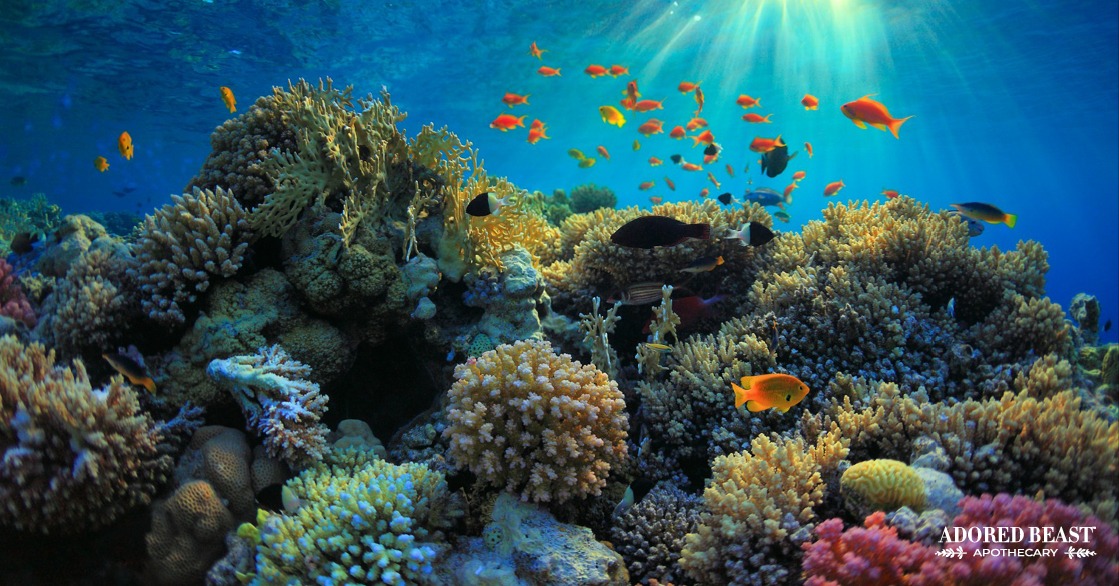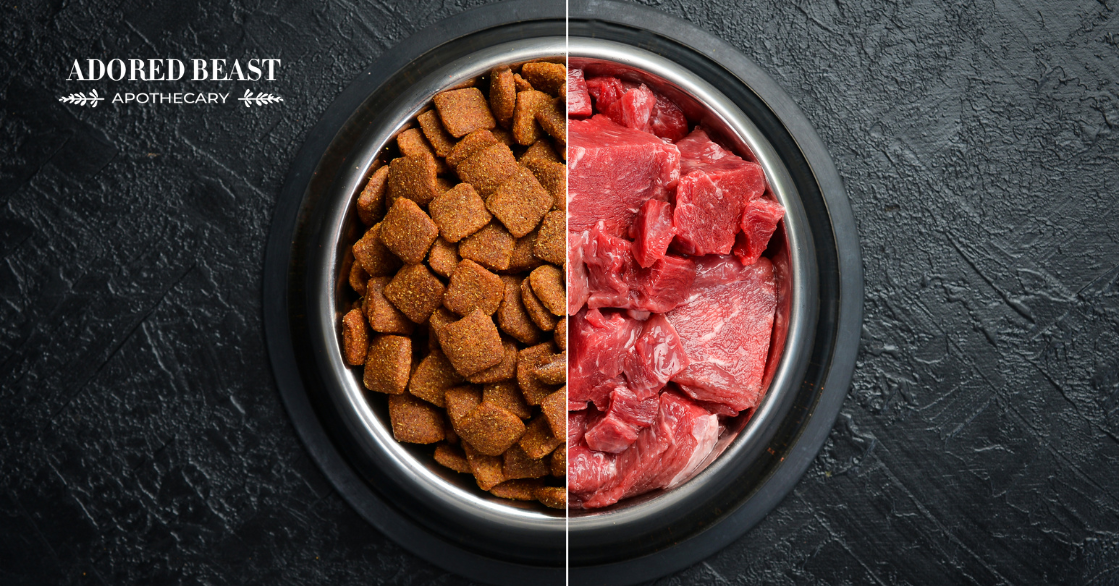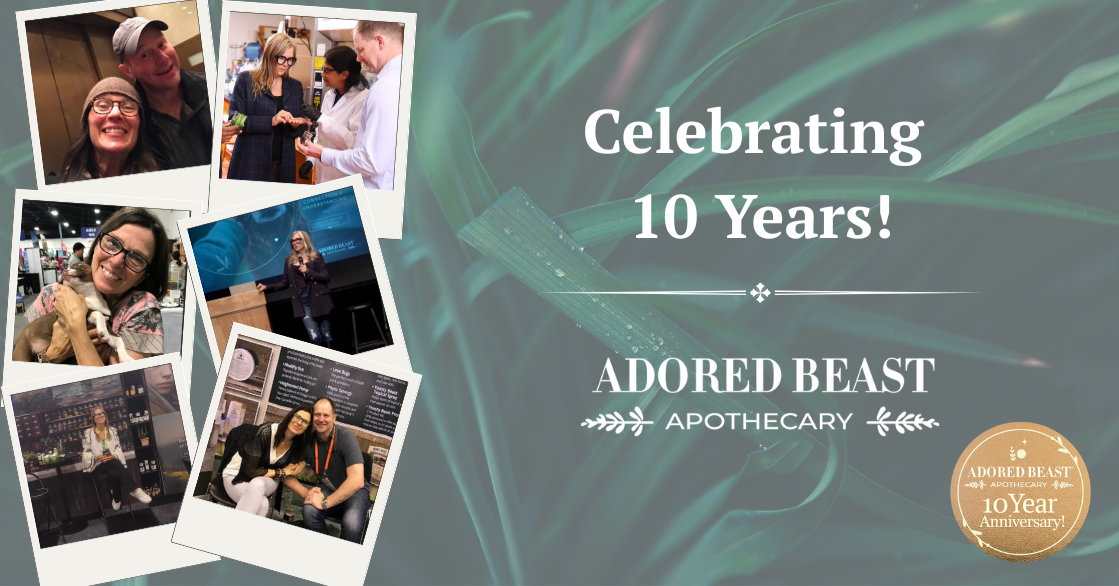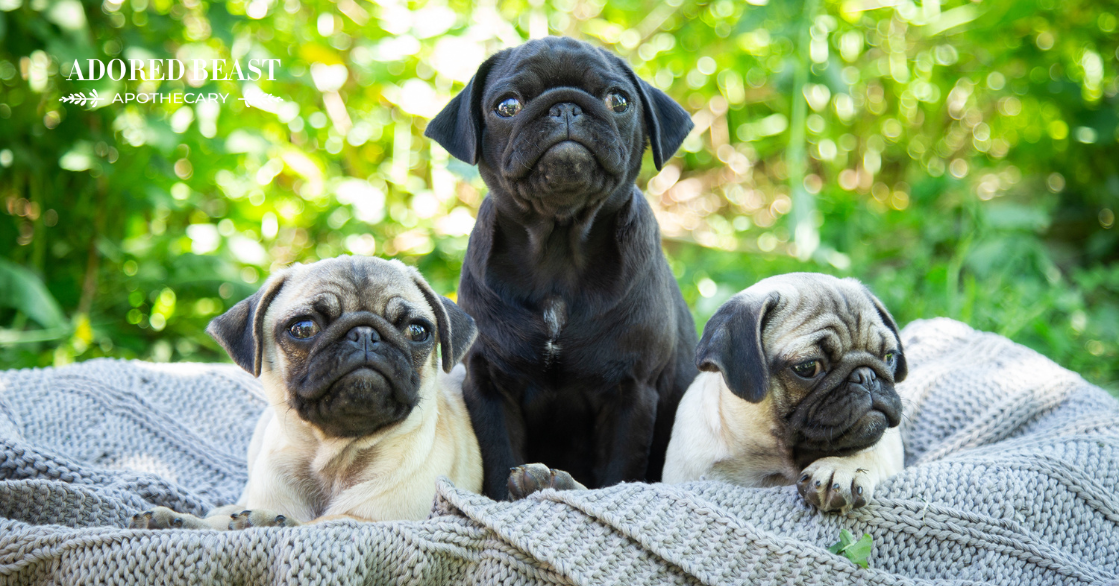Since the age of 7 I have always had a focus on the overall welfare of animals and nature as a whole. I grew up with a mother with the biggest heart in the world. Instead of letting her mind direct her heart, that heart directed her phenomenal intelligence. She had a way of being so fiercely strong but gentle at the same time. I like to think I share that same trait of leading with my heart.
You are probably asking what this has to do with “sustainability.” Well, a lot actually.
Today, I want to get down to the nitty-gritty. This post is a no-holds-barred look at ocean sustainability. For many of us, the ocean represents beauty and life – but all too often we’re ignoring the impact we’re having on it, and on all life as a result.
Commercial farming of plants and animals is being studied by environmental scientists around the world and that research is showing that we need to make some big changes if we want to survive as a species on Earth.
My Personal Journey
For those of you who know me, you have likely heard me talk about my holistic veterinary clinic and how there was never any hierarchy of what animals were entitled to what kind of treatment, life, or love. For example, when many clinics where using shark cartilage to treat cancer I wanted no part in it. I just wouldn’t use it. To me, the concept of mutilating one species to save another just didn’t sit right. Instead, I dedicated more of my time and life to finding an alternative. And I did – 22 years ago I started working with medicinal mushrooms for cancer and my success rate was exponentially higher than that of my colleagues using shark cartilage.
And since that time (well, before to be honest), I’ve been steadfast in my belief that we need to be taking a good, hard look at how ocean life is treated.
The ocean is our largest natural resource. It produces 85% of the oxygen in our planet’s atmosphere via phytoplankton and is responsible for absorbing 4 times more carbon annually than the Amazon rainforest. And it’s in real trouble. The combined effects of commercial fishing, whaling, and pollution have resulted in ocean acidification. By removing fish and sea life from the ocean, we’re completely changing the oceans’ structures. And because of this, scientists continue to warn that we’re heading for the 5th mass-extinction on Earth.
A few years ago, I was very vocal in my views on fish oil. I made no bones about my belief that it was unethical, unsustainable, and, in many cases, really unhealthy. At that time, I was challenged and attacked for my thoughts, my views, and my candidness. So I stopped. BUT not because I was intimidated or bullied, but because I realized that, until I could provide a truly healthy, ethical, sustainable choice, I wasn’t really helping anyone. In participating in the argument, I was only creating fear and guilt and not supporting people with education, awareness, and the power to choose something different. So I removed myself from the conversation ~ until now!
What you are about to read is NOT a direct attack on anyone. It is information that you can dig into and then use to make an informed decision. My goal is for you to become more educated or shift gears and make choices that will have a huge positive impact on our planet without sacrificing any health benefits for yourself, your dogs, or any animal.
Science has shown us that there are alternatives that match the health benefits of fish, krill, squid, calamari, or any sea animal. These alternatives are not only void of the heavy metals and toxins we find in fish, the largest benefit of all is that by choosing an alternative option, we are helping to save our planet.
I would not be giving you this information if I did not feel you could find a healthier choice to support your family – two- and four-legged. We have enough fear, guilt, and division over what we should and shouldn’t do in our world right now. It is the last thing I want to create. So, while this article is passionate, intense, and direct, it also has the tools to empower you, give you strength, clarity, and so much hope.
Whether you love whales, dolphins and the ocean or not, it doesn’t matter. This article is for everyone who has children, grandchildren, or just loves the human race! Without the ocean, there isn’t enough oxygen. Without enough oxygen, there are NO people. If the large mammals, fish and ALL sea creatures in the ocean are depleted, the oceans will die and so will we, it’s just that simple.
Ready? Ok, let’s dive in…
The Wellness Industry and Sustainability
In recent years, product sustainability has become a priority for consumers as climate change becomes ever-more real. It’s a huge priority for us at Adored Beast. However, the word “sustainable” has, unfortunately, in many cases, turned into a marketing phrase rather than a truth when it comes to products in the human and animal food and wellness industries.
When it comes to consumable products, the true meaning of sustainable is the ability of something to be used as a resource with 0% depletion or damage of the natural world. In the best case scenarios, the product actually “gives back” to the environment, providing resources for expansion and growth of natural systems.
So, in short, if something is truly sustainable, it does not have a negative impact.
When it comes to human and animal health and wellness, omega 3 products make up a huge industry on their own. Marine life is the only place they are found. And to meet consumer demand, many omega 3 products now sport claims of sustainability on their labels.
However, in my opinion (and the opinion of many, many scientific organizations) there is no such thing as sustainable fishing.
And here is why…..
What Does Sustainably Mean to the Fishing Industry?
Several organizations exist with the goal of supporting the global seafood industry in order to help them source sustainable product and encourage improvements towards more sustainable practices in the fisheries they source from.
That sounds great, but here is the rub: do any of them fully provide or completely define sustainability? The hard answer is NO.
Companies like FishSource provide both qualitative and quantitative information about specific variables which are key across international standards of fisheries’ sustainability. Their databases include a growing list of 4,000+ fishery IDs, 1400+ stocks, and 600+ species, as well as hundreds of aquaculture production areas to report against.
FishSource provides 20 indicators of seafood sustainability data, certifications, and ratings for organizations like MSC, FIP, ASC, BAP, GlobalGAP, and EU Organic…
But it does not define a level at which a fishery is “sustainable.”
FishSource leaves it to the users of their data to do that themselves, according to whichever standard of definition of sustainability they are using. FishSource is like a thermometer – it reports a reading, but it’s up to the user to determine whether it’s “too hot, too cold, or just right.” That is literally quoted directly from their website’s FAQ page.
What this means is that all certification on all “sustainable fishing” practices is basically self -governed. No one is overseeing, monitoring, enforcing, or policing the data or the boats.
So, it’s being left up to the industry to “decide” what’s sustainable and what’s not. It’s easy to say that, in a perfect scenario, marine animals are being sustainably harvested but, if we look at the overall picture of what’s happening to the ocean (particularly with climate change) we have to second guess this theory….
The Problem with Fishing
For years, fish have been the main source of omega 3s – for both pets and people. Proponents routinely site it as the best source, and push the health benefits. And, as mentioned, marine life is the only source of EPA and DHA omega 3 fatty acids.
However, fish are full of pollutants – PCB, plastics, flame retardants, mercury, etc. Bioaccumulation moves up the food chain to the larger fish. This outweighs the benefits of the omega 3s.
But that’s just the fish themselves.
The bigger problem is (and it’s a huge problem), when we rely on fish for these omega 3s, we’re severely harming the ocean (and the planet) as a result.
Consider this: According to the United Nations, aquatic life stabilizes the climate and prevents climate change. How? Oceans absorb almost all of the globe’s excess heat. Animals swimming up and down in the water column cool the air and the atmosphere.
If we don’t have those ocean animals, there is nothing to maintain that temperature.
But that’s not the only issue.
The loss of fish is bringing us into direct competition with whales, dolphins, porpoises, and other large fish for food – which is technically not a necessity for us, but it is for them. Their numbers are declining because of fishing.
This is important because these larger animals fertilize phytoplankton on the surface of the ocean when they breach the surface for air. Phytoplankton absorb 4x more carbon annually than the amazon rainforest, and they generate up to 85% of the oxygen in the Earth’s atmosphere.
So, no fish = no large sea animals = no fertilization for phytoplankton.
No phytoplankton = 85% less oxygen for the Earth.
Since we all need oxygen to live, that’s more than a little alarming.
The New York Times reported in 2006 that we will see the global collapse of fish species by 2048 if current trends continue. 2.7 trillion fish per year are caught in the commercial fishing industry. 90% of Caribbean fish are gone. By the middle of the 21st century, there won’t be enough fish for the industry to continue at its current rate. This is not a sustainable system.
And it isn’t just the removal of fish…
Ok, but farmed fish are ok, right? Nope. Did you know that it takes 3X as many wild fish to produce 1KG of farmed fish. So, we’re taking 3 times as many fish from the ocean to feed one farmed fish.
Fishing By-Catch
By-catch refers to the unwanted fish and other marine creatures trapped by commercial fishing nets during fishing for a different species. These species aren’t kept and used. They’re tossed back into the ocean, dead.
And by-catch is a major problem.
Remember those large sea creatures that fertilize the phytoplankton, giving us oxygen? Well, 300,000 whales and dolphins are killed annually by commercial fishing by-catch.
For example, 1 fishery in Iceland, in 1 month, caught:
- 269 harbour porpoises
- 900 seals
- 5000 seabirds
This fishery was approved for its sustainability by the MSC. (Note: MSC is a large, well-known ocean sustainability certification company, and it makes over $50 million per year from sustainable seafood certifications. That’s not fish – that’s certification papers!)
Turtles too are affected. 250,000 sea turtles are killed via by-catch each year. That’s 250X more turtles dying because they’re getting caught in nets than are killed by plastic straws. We have all pushed for getting rid of plastic straws for reasons such as this – but we don’t focus on the larger picture of what is causing the most deaths of sea turtles.
While the guilt rises (and so it should) with our plastic straws and water bottles, we’re ignoring the fact that more than 46% of the plastics found in the ocean come from fishing nets. Why are we not boycotting fishing companies like we did with fast food companies’ straws? Why are we not being shown these things? Because fishing cartels are too powerful…
Trawling is the most destructive – some fishing nets are as large as 13 jumbo jets, decimating the ocean floors and everything above it. Fishing gear is often found in the stomachs of dead whales.
With 4.6 million commercial fishing vessels at sea each year, it’s clear we’re only paying attention to a small part of the bigger issue.
Did You Know: Losing 1% of the coral, algae, and marine plants from commercial fishing, is equivalent to allowing the emissions of 97 million cars into the atmosphere.
Ocean Sustainability and Krill
Krill is one omega 3 source that has gained in popularity over the last several years, along with small coldwater fish and squid. All, undoubtedly, provide health benefits that are difficult to obtain from other sources.
When it comes to sustainability though, krill are the only food step between algae/phytoplankton and whales (almost all marine life, really) so they are a vital link in the food chain for large marine species. They are also involved in marine nutrient cycling and sequestering atmospheric carbon – which happens to be one of the main reasons for climate change.
The definition of “sustainable” for krill fishing is 1-2% of krill stock harvested per year. Technically, at the current rate (meaning with zero change in the current stocks), krill fishing is considered sustainable.
But the current stocks ARE changing.
Krill are incredibly vulnerable to climate change. As temperatures in ocean waters continue to rise, scientists predict that a combination of reduced sea ice cover and zooplankton availability will hamper the survival of krill larvae. It is possible that the current spawning grounds on the west Antarctic Peninsula may disappear completely. This area is currently the main seeding region for adult krill that reside in the southwest Atlantic sector of the Southern Ocean, where 70% of the krill stock currently reside (Pinones and Fedorov, 2016).
Disappearance of this spawning ground could be catastrophic for ocean animals and seabirds that rely on krill as their primary food source in current regions.
For example, approximately 50% of krill biomass is consumed by penguins, whales, seals and finfish (Savoca et al., 2021). Chinstrap and Gentoo penguins both rely of krill as their main food source. Gentoos are already having trouble meeting their requirements and will travel outside their normal boundaries when krill stocks are low (Ratcliffe et al., 2020). Albatross and squid also rely on krill (McCormack et al., 2021, Sovacool et al., 2011).
So you see, it’s not as easy as doing some math and simply stating that the ocean will be ok at the current rate of harvest. In fact, it may very well be that we should consider leaving these systems alone entirely until we determine the cumulative effects of climate change.
And don’t forget – krill fishing is done with nets. These nets are resulting in a by-catch that surpasses that of fishing nets because they’re so much smaller. They have to be to catch the tiny krill.
This is a problem that cannot be ignored. With the way things are headed, krill populations could be in real danger along with every species that relies on them to sustain life.
Ocean Sustainability and Squid
Squid (calamari) is another industry that is said to be sustainable. The reason this is so is largely due to recent changes in the ocean’s pH, leading to blooms of several species including jellyfish and squid. One could say the ocean naturally adjusts and knows what to do in this situation. The squid may be there to balance the system.
But humans have taken advantage of the squid blooms and started fishing them as a “sustainable” food source.
This is done with no regard for the fact that they’re there for a reason. The ocean is a highly complex ecosystem. If the squid are there to balance the system, and we just keep taking them, what happens to that balance??
And that’s not the only issue. Proponents of squid fishing argue they’re helping by catching this overpopulation of squid… but the method of catching squid is via drift netting which means by-catch is happening… we seem to keep coming back to that…
Nets = by-catch = more dead fish = over fishing and NOT sustainable!
DID YOU KNOW: New research has found that squid brains are more complex than scientists once believed. There is more to squids than meets the eye. In fact, they’re actually quite similar to our beloved dogs! They can count, solve problems, recognize patterns, and communicate through a number of signals.
Ocean Sustainability and Green Lipped Mussels (GLM)
GLM is another seafood that has gained popularity in the pet and human wellness industry as a DHA/EPA-rich food source. And they too are celebrated as sustainable.
And yes, to a certain extent, farmed GLM could be considered sustainable. But that’s largely because we don’t actually know the extent to which they impact the ocean.
That said, we do know a little.
A report from the Cawthron Institute, prepared for the Ministry of Fisheries in New Zealand in 2009, found that shellfish farming’s biggest risk factor was the potential for pathogens to be passed from farmed to wild shellfish stocks, potentially causing irreversible changes to the coastal ecosystem of New Zealand.
Another detrimental side effect to mussel farming is that the waste produced by these farms decreases the biodiversity of the microbiota and the plants found in the seabed. It has also been shown that mussel farms displace heart urchins, brittle stars, and large bivalve species – being replaced by species that prefer lower oxygen/high organic sediment like marine worms. This could also indicate higher risk for protozoal or disease outbreaks. Think about it like the gut microbiome – there’s a delicate balance in the gut, and if you change that microbiome, you change overall health, and typically not in a positive way. The same goes for the micobiome on the ocean floor.
In the same study, it was stated that the only factors of mussel farming that were well understood were the substrates and the water column effects but no other factors have been thoroughly scientifically explored – in other words, they really don’t know the total effects. They actually don’t even know how to regulate it – whether it falls under fisheries or aquaculture. They don’t know enough to even properly classify it.
So What’s the Solution?
So far this has been pretty much all doom-and-gloom. And while that’s not our usual MO, for this it’s so important.
And I mentioned earlier that I stopped talking about fish oil because I didn’t have a viable alternative to offer.
Well, now we know there is one.
Various types of marine algae are EPA/DHA-rich and provide the same health benefits as the other sources in this post. For example, schizochytrium sp. is a type of micro-algae found in some marine costal areas.
The difference? It can be grown completely on land. This means it’s 100% sustainable and ocean-friendly.
This sustainable micro-algae is grown indoors, in large, closed tanks, using tightly controlled processes so that no contaminants are introduced. The oil is extracted from the algae cells in a natural way without the use of solvents. The cultivation process does not harm the ocean or its ecosystems at all.
Because it’s already so rich in EPA and DHA, it doesn’t need to be genetically modified. The original species of the algae comes from the ocean. You’re getting the same benefits, but it reproduces on land really easily. No chemicals are needed. It naturally grows on its own. And we don’t need to alter it to keep it growing. Just bear in mind that you’re checking your labels to make sure it is non-GMO.
Compare it to heritage tomato seeds. It comes from an original heritage plant – non-GMO, same DNA as the original heritage tomato, but we can continue to take more seeds and grow more tomatoes. We don’t need to keep taking from that original tomato to have heritage tomatoes.
At the end of the day, I know that every single person reading this is doing the best they can. With this latest scientific data, my hope is that you are able to choose what you feel is the best solution without any negative impact on any thing or any animal. I hope it helps you see through the word sustainable as a marketing tool.
I really want you to be empowered and not feel intimidated or bullied because you want to know more. Don’t be afraid to ask questions. If you think something is not right, if something just doesn’t sit well with you, don’t accept it. Question it. Learn more.
I always want you to keep learning and knowing more about how to fiercely protect your animals, your family, and our planet. After all, that’s the best we can all do, together.
Thank you for being part of the Adored Beast Community. Together, we can all make a difference.
“Tell me and I’ll forget. Show me, and I may not remember. Involve me, and I’ll understand.” – Tribe Unknown
““By making one simple, conscious, heart centred choice, you are instantly involved and part of the bigger picture in saving the planet.” – Julie Anne Lee












